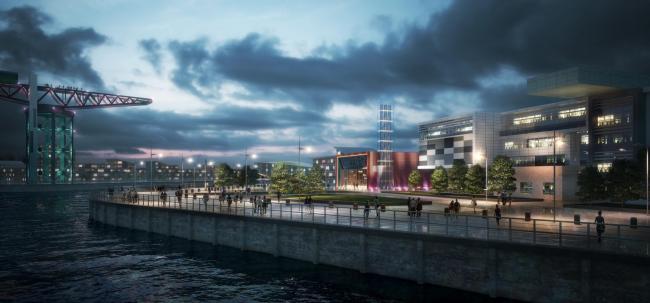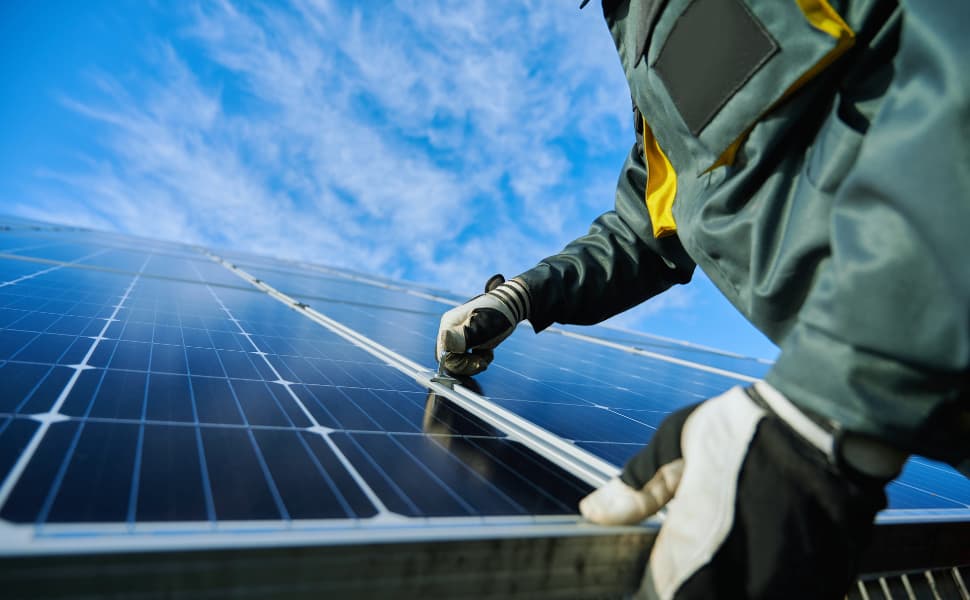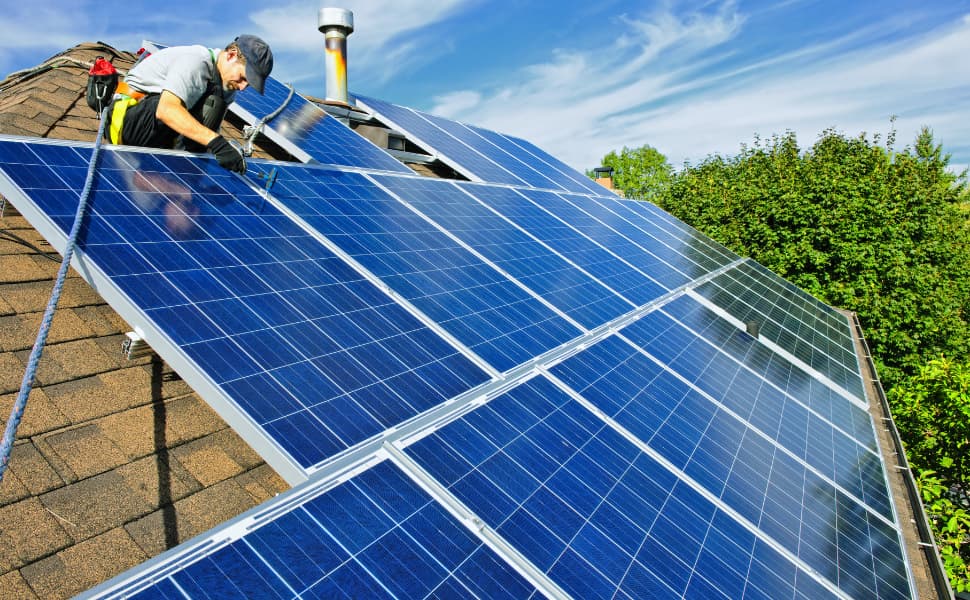Green living is becoming increasingly popular with councils and local authorities who are looking to implement ‘district heating systems’ to provide consolidated sources of power to a number of homes or businesses.
How do district heating systems work?
Heating is delivered to a number of houses via one centralised system and often uses one high powered boiler (gas, oil or biomass) for delivery. Pipes are laid underground and connects to the networks to each home or apartment block and subsequently provides the equivalent of an individual boiler in each property.
Hot water is often provided via an additional system (solar power, hot water heater, heat pump) in each home and has one main distribution point.
All homes receive heating and hot water in exactly the same way as if there was an individual boiler present in each home, however the key to district heating systems is that there is one centralised source therefore one point of maintenance, making it cheaper to operate and maintain.
For a district heating system to be effective, homes shouldn’t be too far away from each other and underground pipes must be very well insulated to make the delivery of heat to properties as efficient as possible.
District heating systems are growing in popularity as they are exceptionally efficient, and remove the requirement for individual heating systems in each separate property. For the same outcome for tenants (heating), there are less carbon emissions from the one heating source which means that local authorities and councils are actively reducing the carbon output within the district.
Clydebank power station is designed in a way that it can be expanded should the initial phase of implementation be successful. Water source heat pumps will extract water from the River Clyde, meaning that the system is reliant upon renewable sources. An energy centre will also be located on site to house gas boilers, pressurisation units and distribution pumps – all controlled through a management system to operate and monitor the system.
The new power station is scheduled to deliver heating to both domestic and commercial buildings and is scheduled to be operational by autumn 2018. Projections show that this system will reduce emissions within the district by 15% over a seven year period.
Related Articles
- New District Heating Available to a Number of Properties
- The Way in Which Homes are Insulated Could Be Transformed
- New Coal Mine Water Central Heating Scheme Could Heat 1,000 Homes
- These Amazing “insulating bricks” Could Save You a Fortune On Your Heating Bills
- Heat IQ, the Journey




